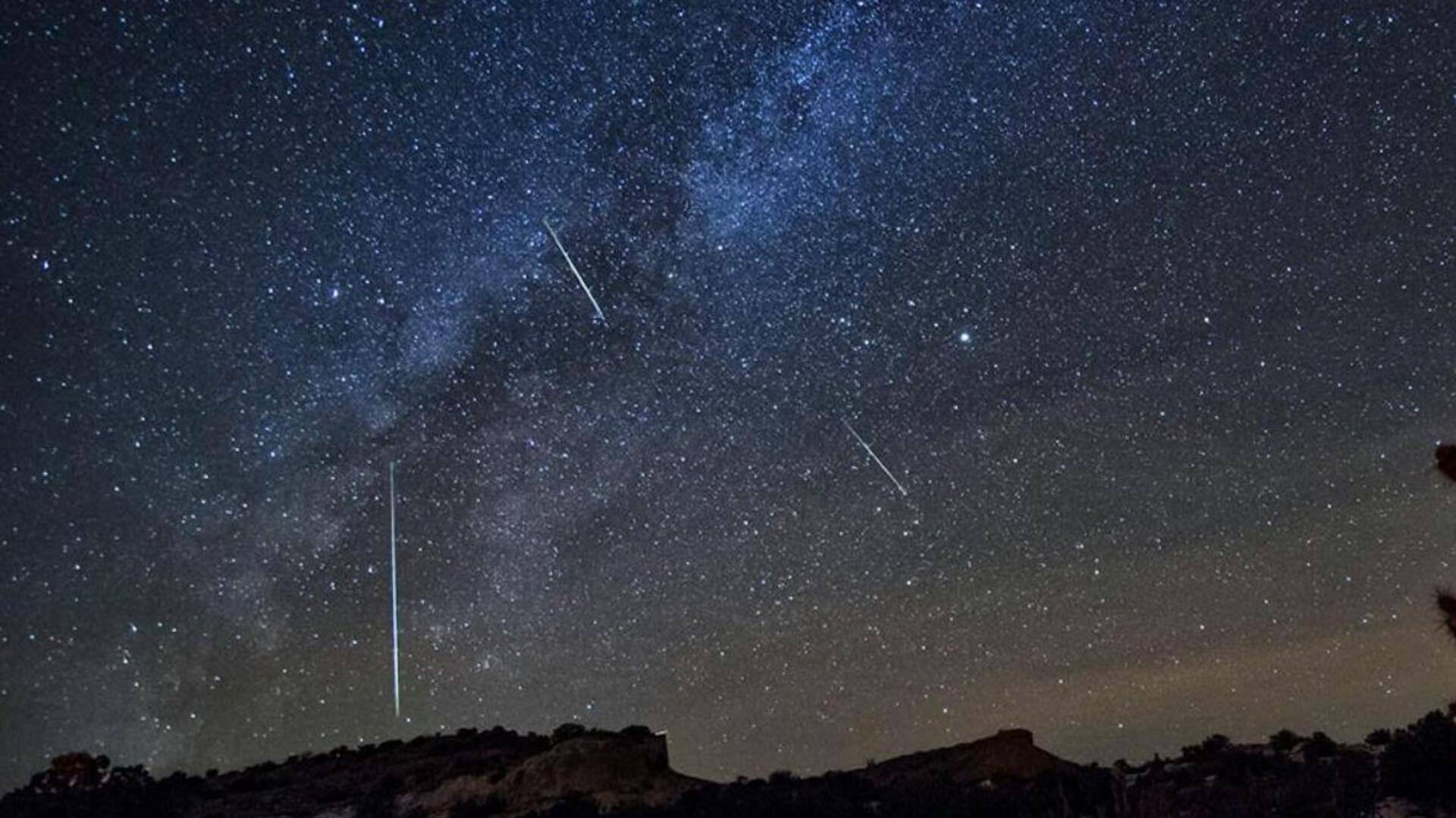
Orionid meteor shower 2023 peaks tomorrow: How to watch
What's the story
The Orionid meteor shower, described as one of the most beautiful meteor showers of the year, is set to peak this weekend. For the best chance to catch this celestial event, head outside on the night of October 21, when around 23 meteors per hour are expected. The Orionids can be seen all over the sky, but they seem to come from near Betelgeuse, a red giant star in the Orion constellation.
Origin
Origin of the Orionids meteor shower
The Orionid meteor shower happens when Earth passes through debris left behind, in the inner solar system, by Halley's Comet. This famous comet is responsible for two meteor showers every year: Orionids in October and Eta Aquariids in May. Halley's comet orbits the Sun approximately every 76 years, making it the only known naked-eye comet that can theoretically be seen twice in one human lifetime, per LiveScience. It last appeared in 1986 and is not expected to return until 2061.
Insights
Orionids are among the fastest-moving meteors
Orionid meteors are among the fastest as Earth travels through the stream of debris left by Halley's Comet almost head-on, at a speed of 66km/s. This makes Orionids's speed only slightly slower than the Leonids, which move at 71km/s. The Orionids, also known for their brightness, are visible in both the Northern and Southern Hemispheres. The radiant—or the point from where the meteors originate—lies in the Orion constellation, which is also where the meteor shower gets its name from.
Details
Favorable conditions expected this year
The conditions are expected to be favorable for viewing the meteors during the peak this year, with the Moon being only 37% illuminated. The shower is active from September 26 to November 22, but the best time to view them is during the peak, which happens this weekend. While some years have seen up to 80 meteors per hour during the Orionids, recent years have produced more modest displays of about 20 to 30 visible meteors per hour.
Facts
Tips for the best viewing experience
To make the most of your Orionid meteor shower experience, head to the darkest possible location and give your eyes about 30 minutes to adjust to the darkness. No special equipment is needed, as the key is to take in as much sky as possible. The best time to watch the meteors is after midnight, per NASA, once the Moon has set. You can also use skywatching apps like Stellarium for a better stargazing experience.